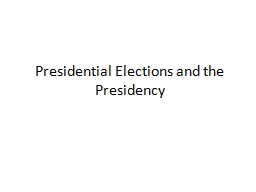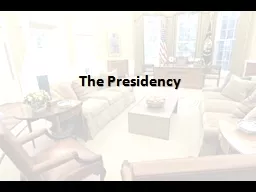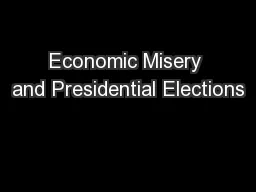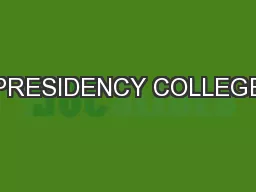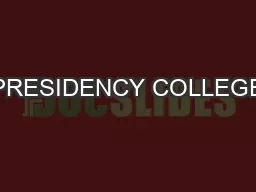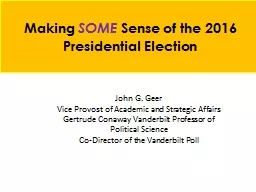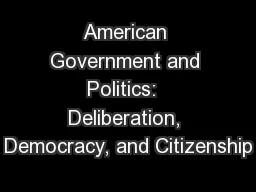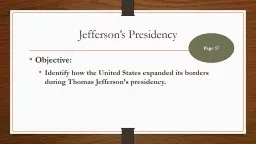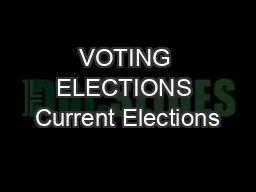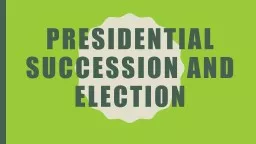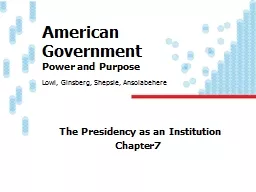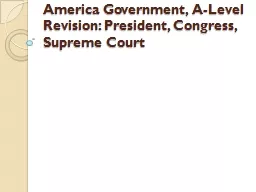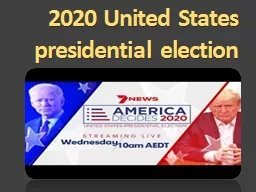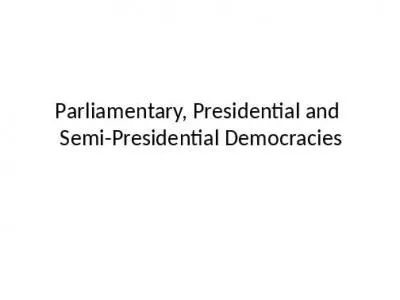PPT-Presidential Elections and the Presidency
Author : natalia-silvester | Published Date : 2016-06-21
The Road to the Presidency The Presidential Primaries In the early 1800s congressional leaders held a caucus to select presidential candidates Supporters of Andrew
Presentation Embed Code
Download Presentation
Download Presentation The PPT/PDF document "Presidential Elections and the Presidenc..." is the property of its rightful owner. Permission is granted to download and print the materials on this website for personal, non-commercial use only, and to display it on your personal computer provided you do not modify the materials and that you retain all copyright notices contained in the materials. By downloading content from our website, you accept the terms of this agreement.
Presidential Elections and the Presidency: Transcript
Download Rules Of Document
"Presidential Elections and the Presidency"The content belongs to its owner. You may download and print it for personal use, without modification, and keep all copyright notices. By downloading, you agree to these terms.
Related Documents

